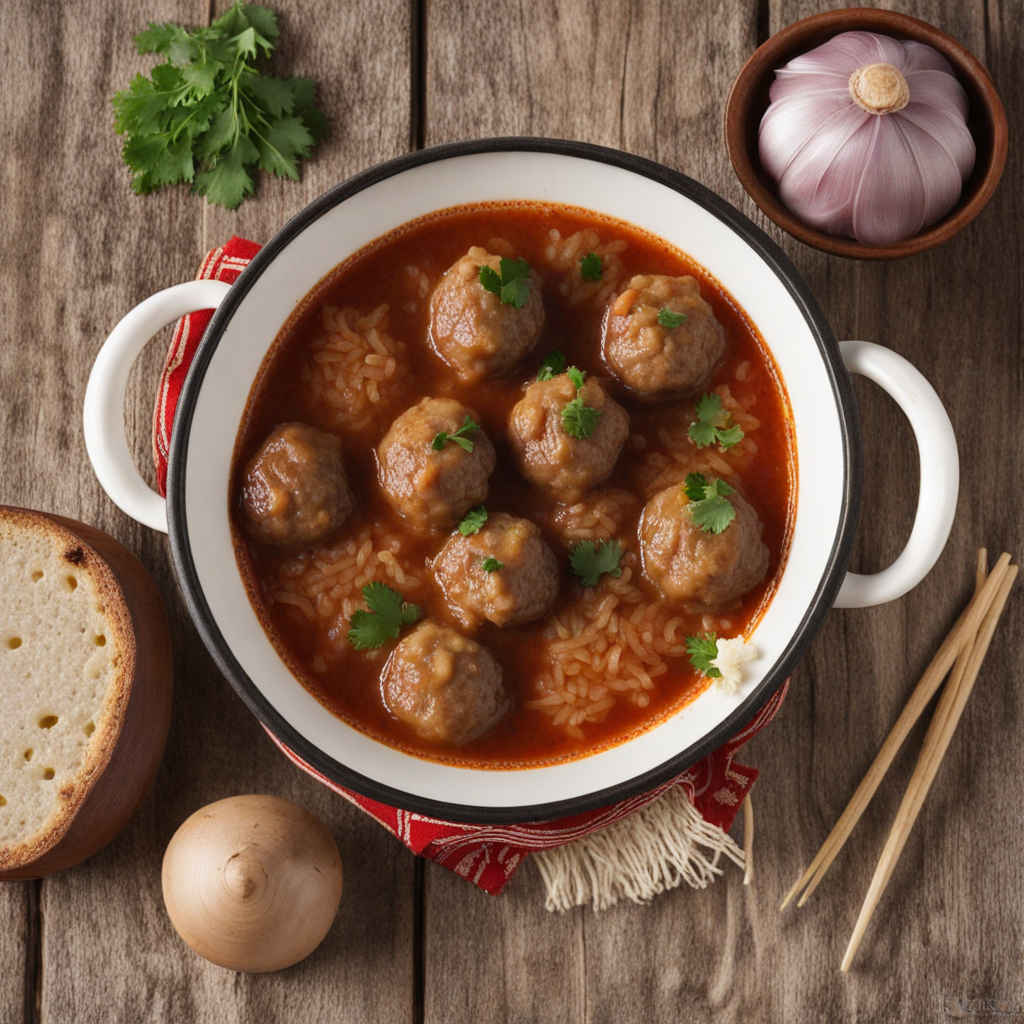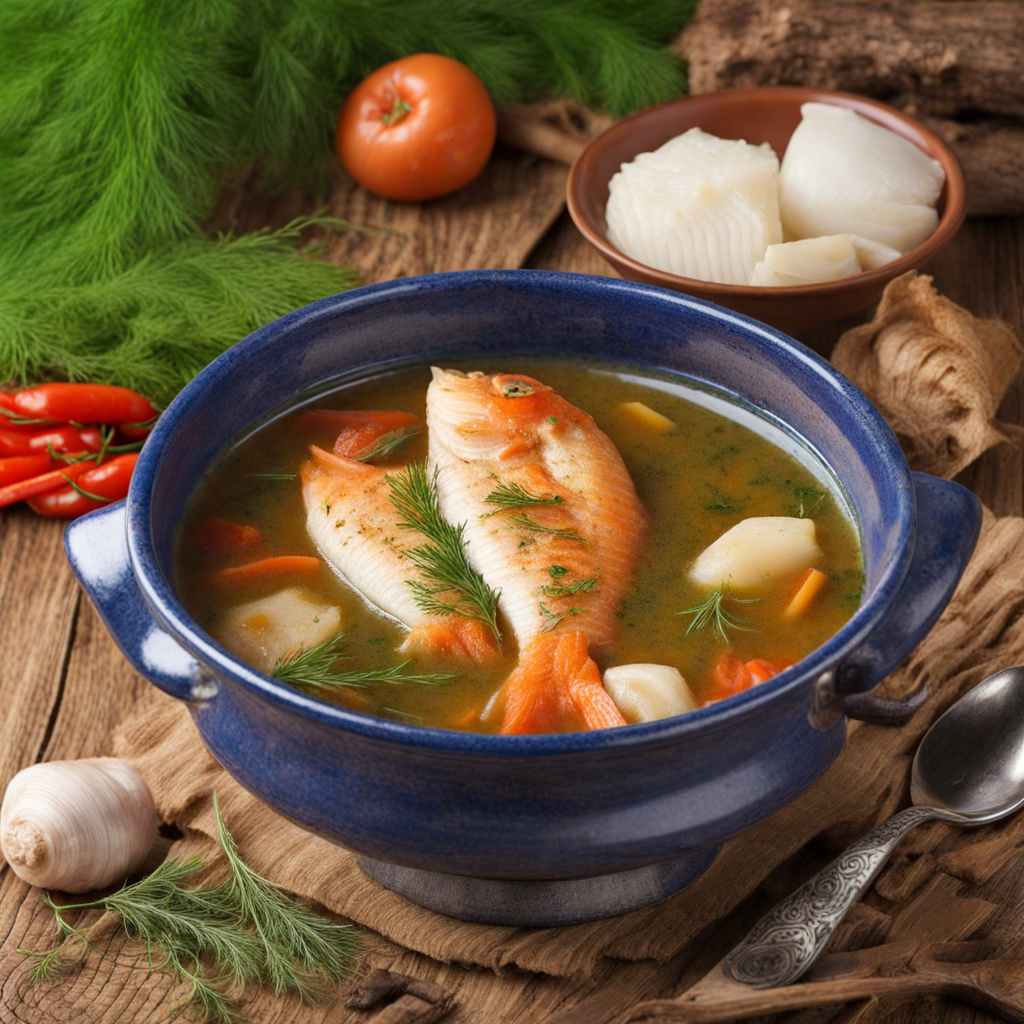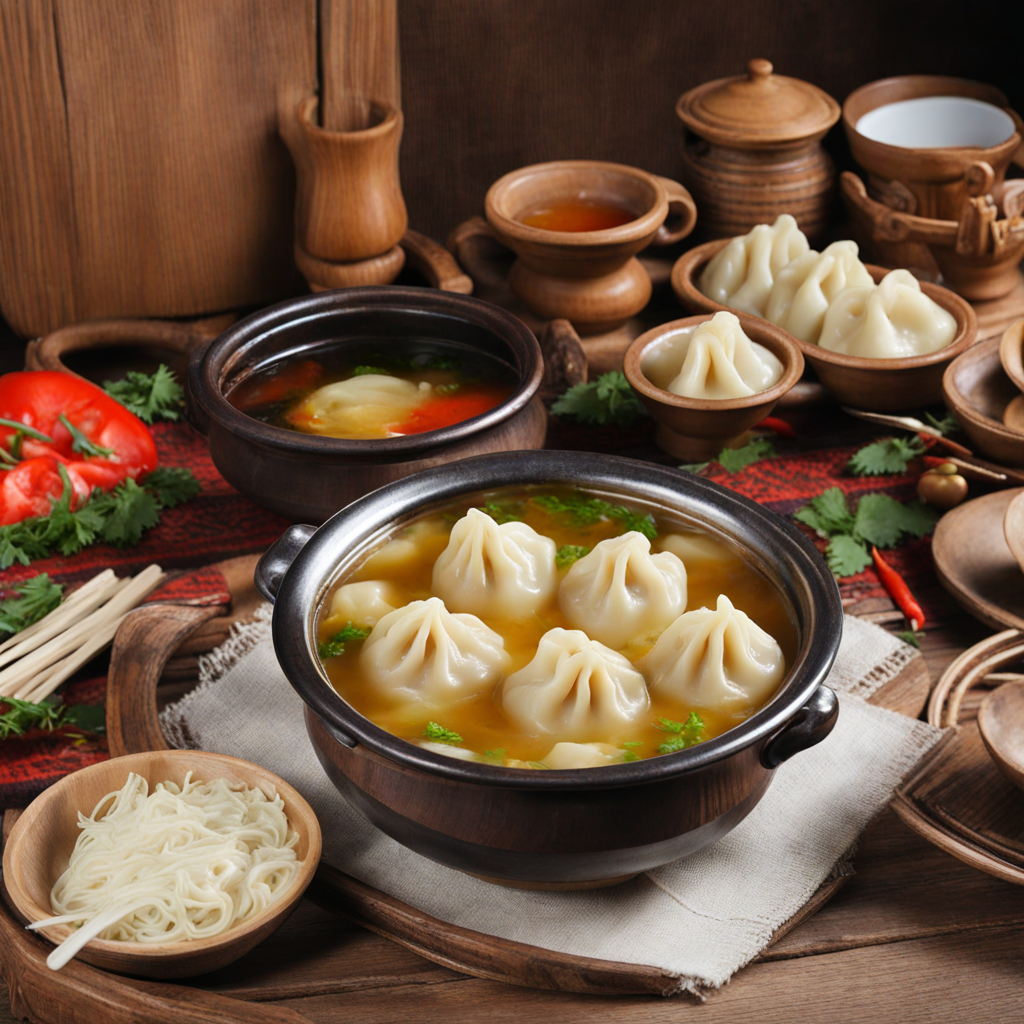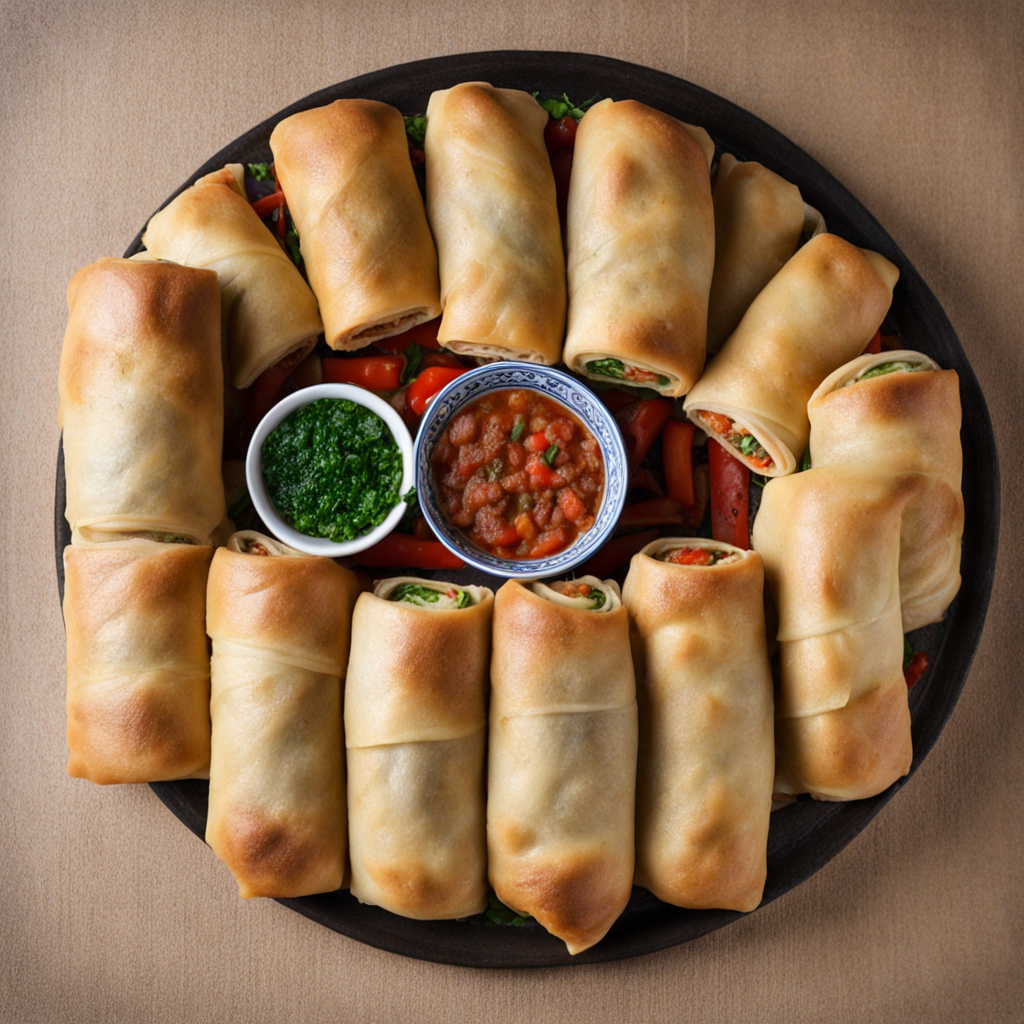Samsa
Samsa is a delightful pastry that hails from Kyrgyzstan, known for its flaky crust and savory filling. Typically shaped like a triangle or a pyramid, this traditional dish is made from a rich dough that is rolled out thinly, creating a layered texture that becomes wonderfully crisp when baked. The outer pastry is often brushed with egg wash before baking, giving it a beautiful golden hue and an appetizing sheen that tempts the senses. The contrast between the crispy exterior and the tender fillings makes samsa a truly satisfying treat. Inside, samsa is most commonly filled with a mixture of minced meat—usually lamb or beef—combined with onions and spices. The filling is seasoned to perfection, balancing the rich flavors of the meat with aromatic herbs and spices that evoke the essence of Central Asian cuisine. Some variations may include potatoes, pumpkin, or even cheese, adding an extra layer of flavor and texture to the dish. Each bite bursts with savory goodness, and the combination of the flaky pastry and the hearty filling creates a harmonious experience that is both comforting and indulgent. Samsa is often enjoyed as a street food snack or served as part of a larger meal. It pairs beautifully with a side of tangy yogurt or a fresh salad, which helps to balance the richness of the pastry. In Kyrgyz culture, samsa is more than just a dish; it embodies hospitality and tradition, often shared among family and friends during gatherings. Discovering samsa is not only a journey into the flavors of Kyrgyzstan but also an invitation to savor a culinary experience that is deeply rooted in the heart of its people.
How It Became This Dish
Origin of Самса Самса, a pastry that holds a cherished place in Kyrgyz cuisine, has its roots deeply embedded in the culinary traditions of Central Asia. The origin of самса can be traced back to ancient times, when nomadic tribes traversed the vast steppes, relying on portable and hearty food. This baked pastry is believed to have been influenced by the cooking practices of the Persian Empire and the Turkic peoples, who brought various culinary techniques and flavors into the region. The basic ingredients of самса—flour, fat, and meat—reflect the pastoral lifestyle of the Kyrgyz, who traditionally raised sheep and cattle. The name "самса" is thought to have been derived from the Persian word "samsa," which refers to a similar stuffed pastry. Over the centuries, as trade routes connected various cultures, самса evolved, absorbing elements from neighboring cuisines, including Uzbek, Tatar, and Russian influences. The introduction of spices and herbs, such as cumin and coriander, transformed самса into a dish that was not just sustenance but also a celebration of flavor. \n\n Cultural Significance In Kyrgyzstan, самса is more than just a snack; it is a symbol of hospitality and community. Traditionally, it is served during significant events, such as weddings, funerals, and festive gatherings. The preparation of самса often involves family and friends coming together, reinforcing social bonds and a sense of belonging. The act of making самса is an art form, with recipes passed down through generations, each family adding their unique touch to the filling and dough. The fillings for самса vary widely, reflecting the local ingredients and personal preferences. While minced lamb or beef is the most common choice, variations can include vegetables, pumpkin, or even sweet fillings like apples or dried fruits. The choice of filling often signifies the occasion: savory samosas for a feast or sweet ones for a celebration. This versatility not only showcases the resourcefulness of the Kyrgyz people but also their ability to adapt to available resources and cultural influences. \n\n Development Over Time As Kyrgyzstan entered the 20th century, самса began to evolve further, influenced by political and social changes. The Soviet era brought about a shift in dietary habits and food availability. Traditional foods like самса faced challenges due to the collectivization of agriculture and a focus on industrial food production. Nevertheless, самса managed to retain its place within the Kyrgyz culinary landscape. Street vendors and local markets became popular outlets for самса, making it accessible to both locals and visitors. In recent years, there has been a revival of interest in traditional Kyrgyz foods, including самса. As Kyrgyzstan gained independence in 1991, there was a renewed sense of pride in national identity, and traditional foods were embraced as a form of cultural expression. Today, самса can be found in various forms, from the classic oven-baked version to modern adaptations that incorporate diverse international flavors. \n\n Modern Interpretations and Global Influence The globalization of food culture has introduced самса to a wider audience. As Kyrgyz diaspora communities establish themselves around the world, they bring with them their culinary traditions, including the beloved самса. In cities with significant Central Asian populations, самса is often featured in restaurants and food festivals, allowing others to experience this delicious pastry. Contemporary chefs are also experimenting with самса, incorporating global flavors and techniques while staying true to its traditional roots. For example, some have introduced fusion самса, using ingredients like cheese, seafood, or even vegan options, catering to diverse palates and dietary preferences. This blending of culinary traditions not only keeps самса relevant but also highlights its adaptability and enduring appeal. \n\n Conclusion In conclusion, самса is a culinary treasure that encapsulates the rich history and cultural significance of Kyrgyzstan. From its nomadic origins to its current status as a beloved food, самса continues to unite people through its flavors and traditions. As it evolves and adapts to new influences, самса remains a beloved symbol of Kyrgyz hospitality, resilience, and community spirit. The journey of самса reflects the broader narrative of Kyrgyz culture, showcasing how food can serve as a bridge connecting people to their history, identity, and each other.
You may like
Discover local flavors from Kyrgyzstan







